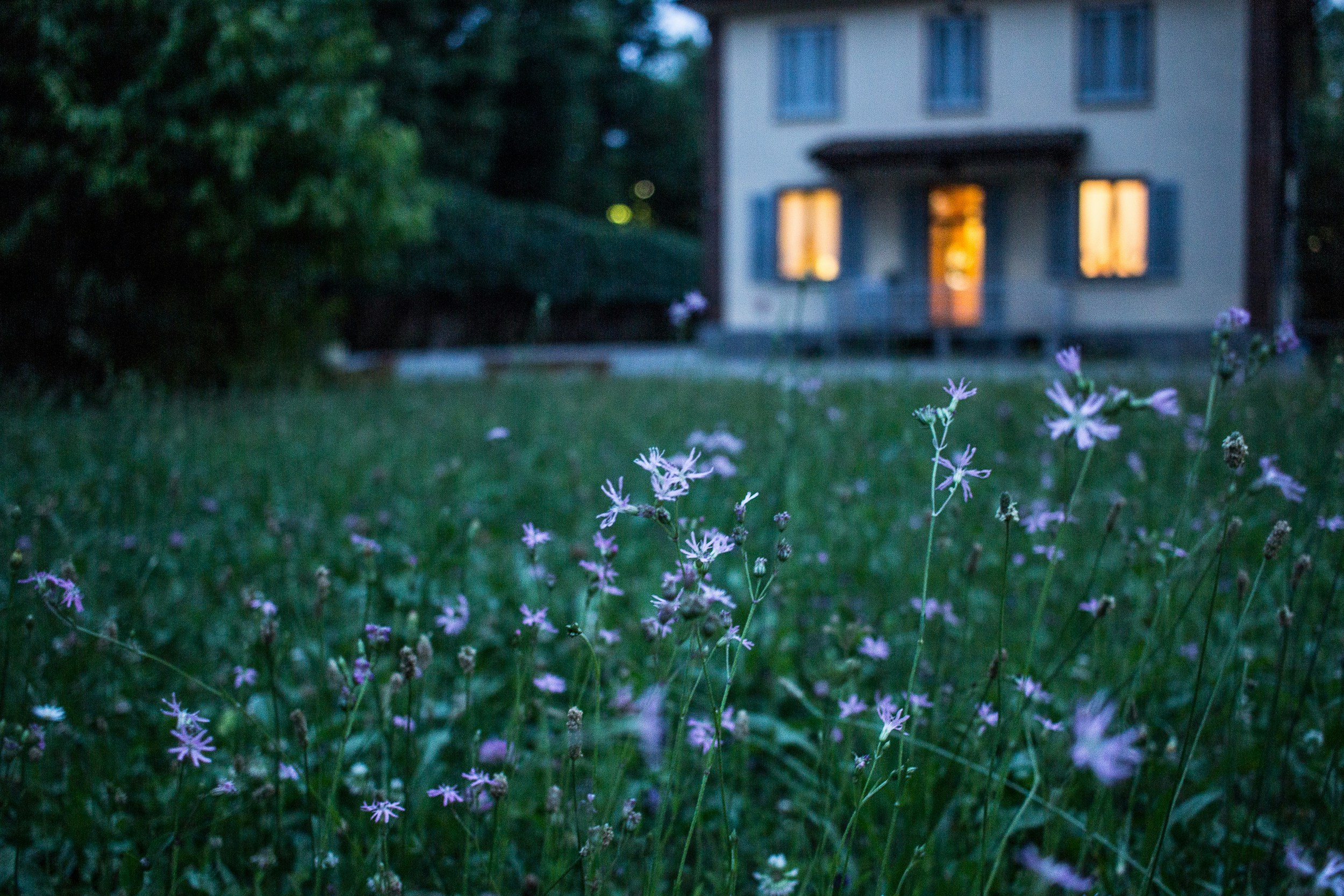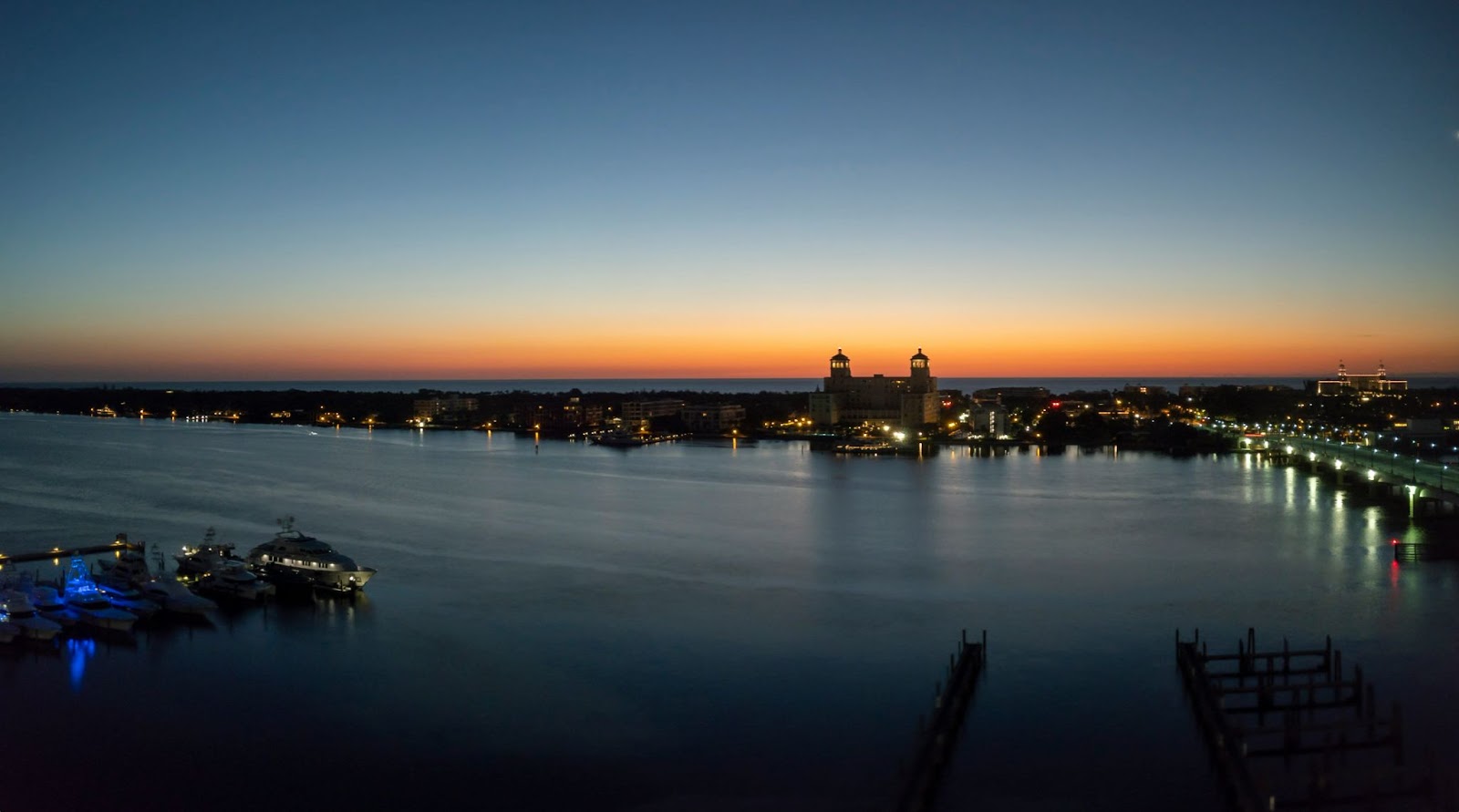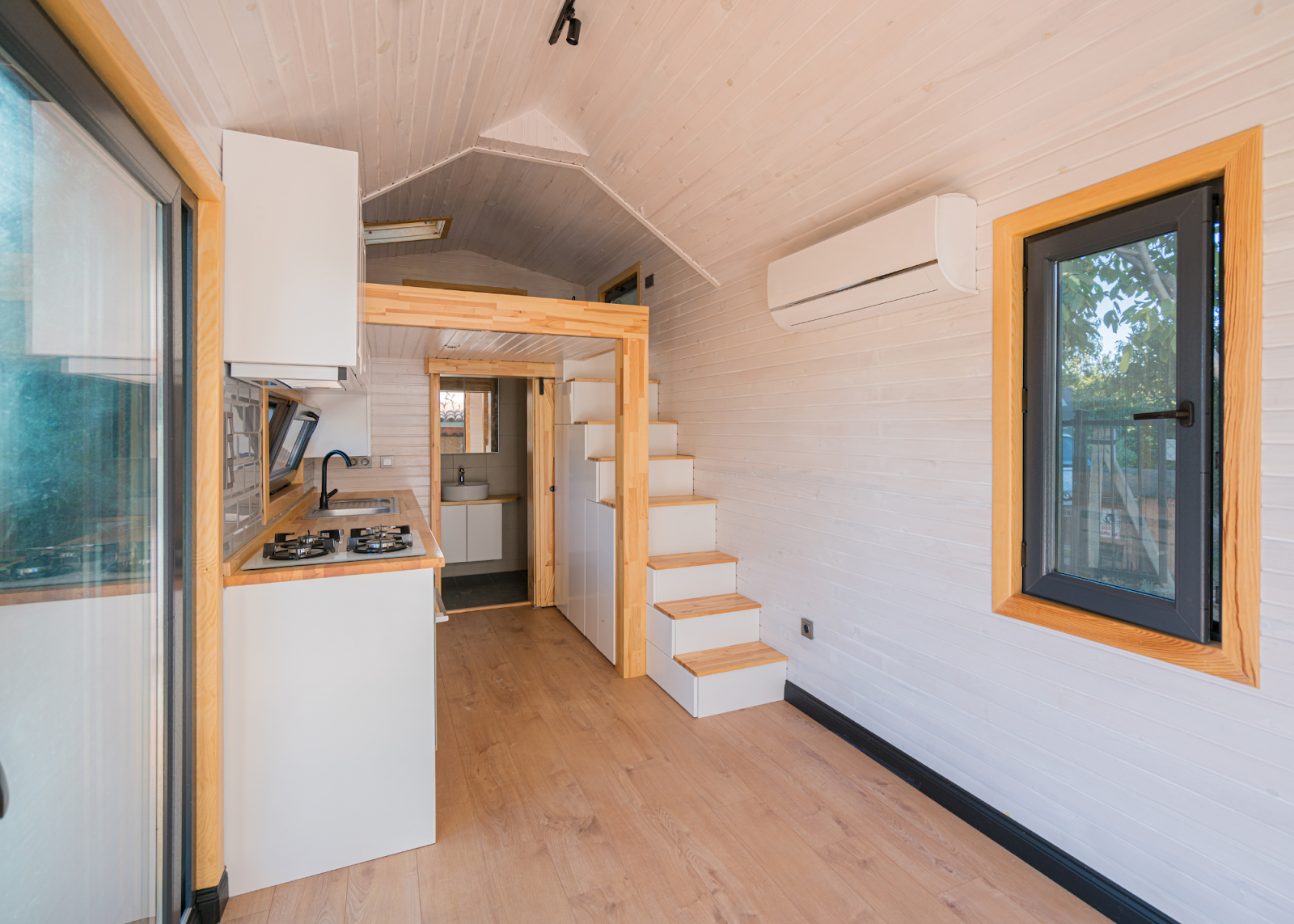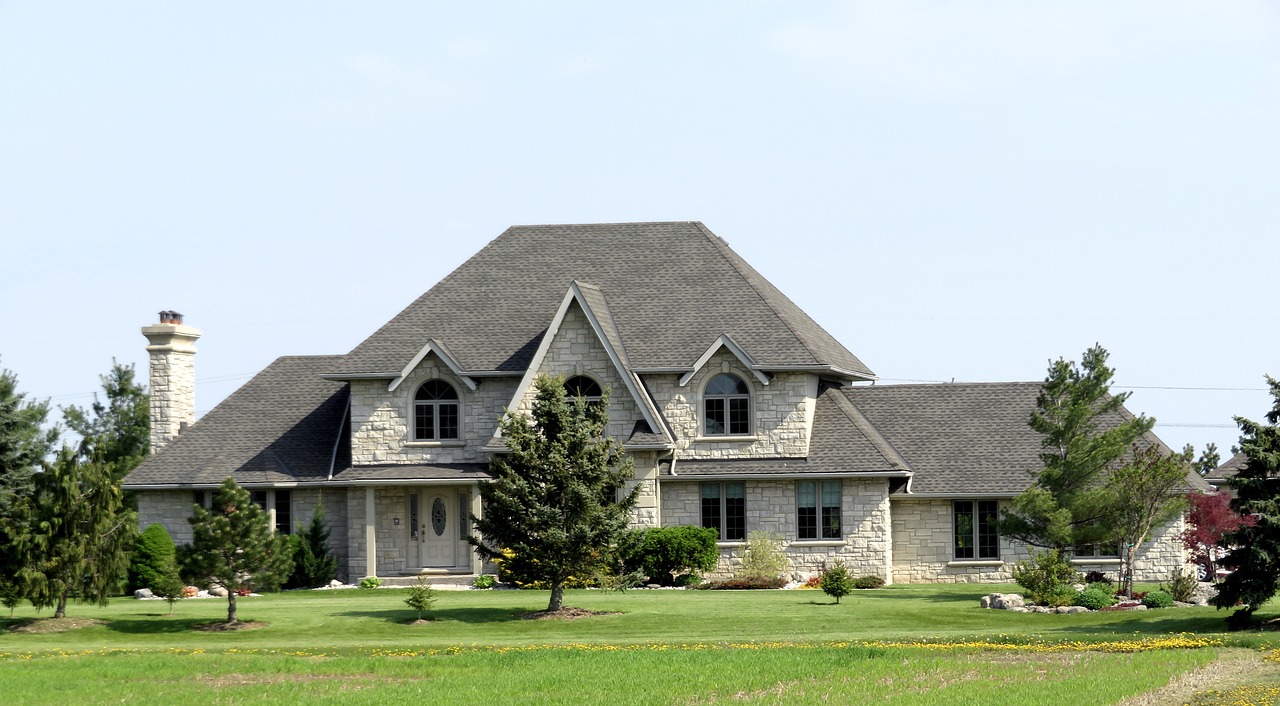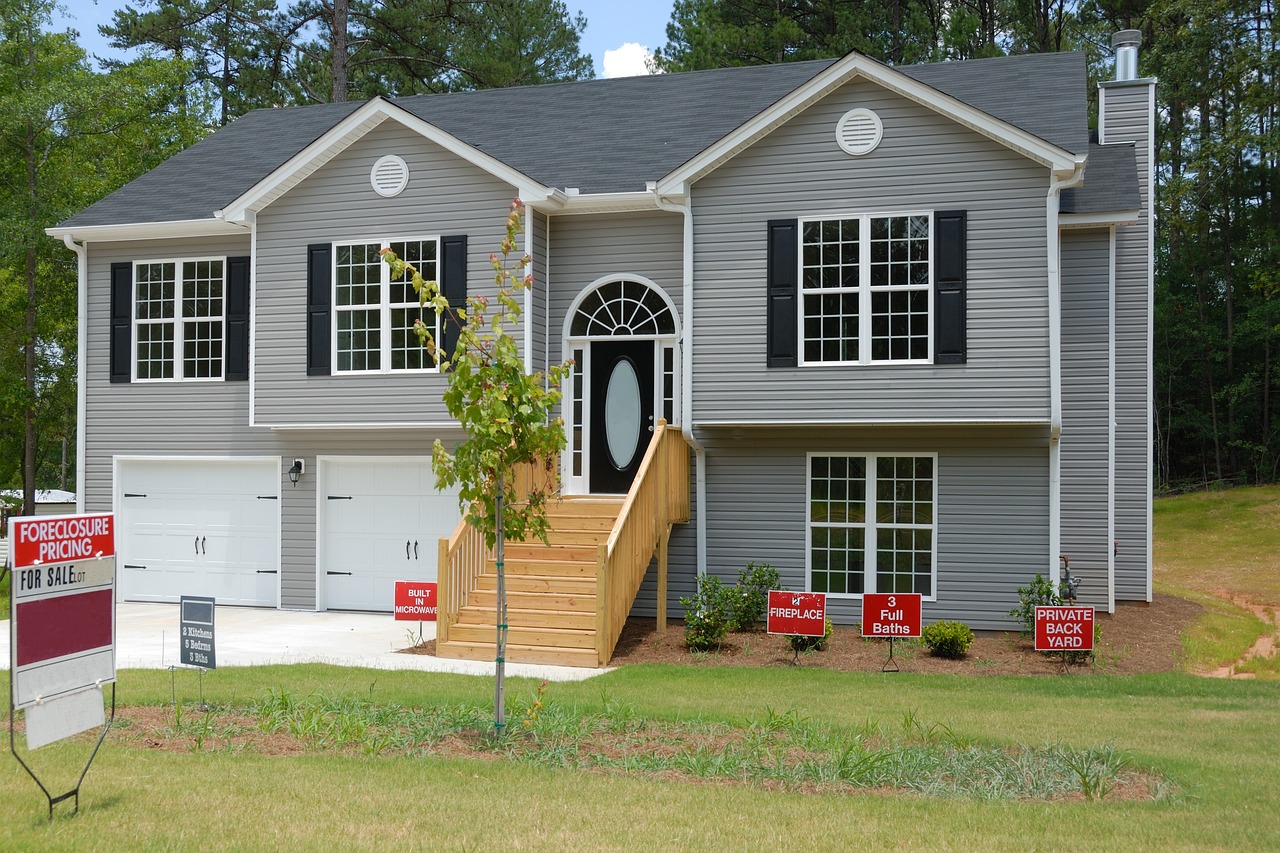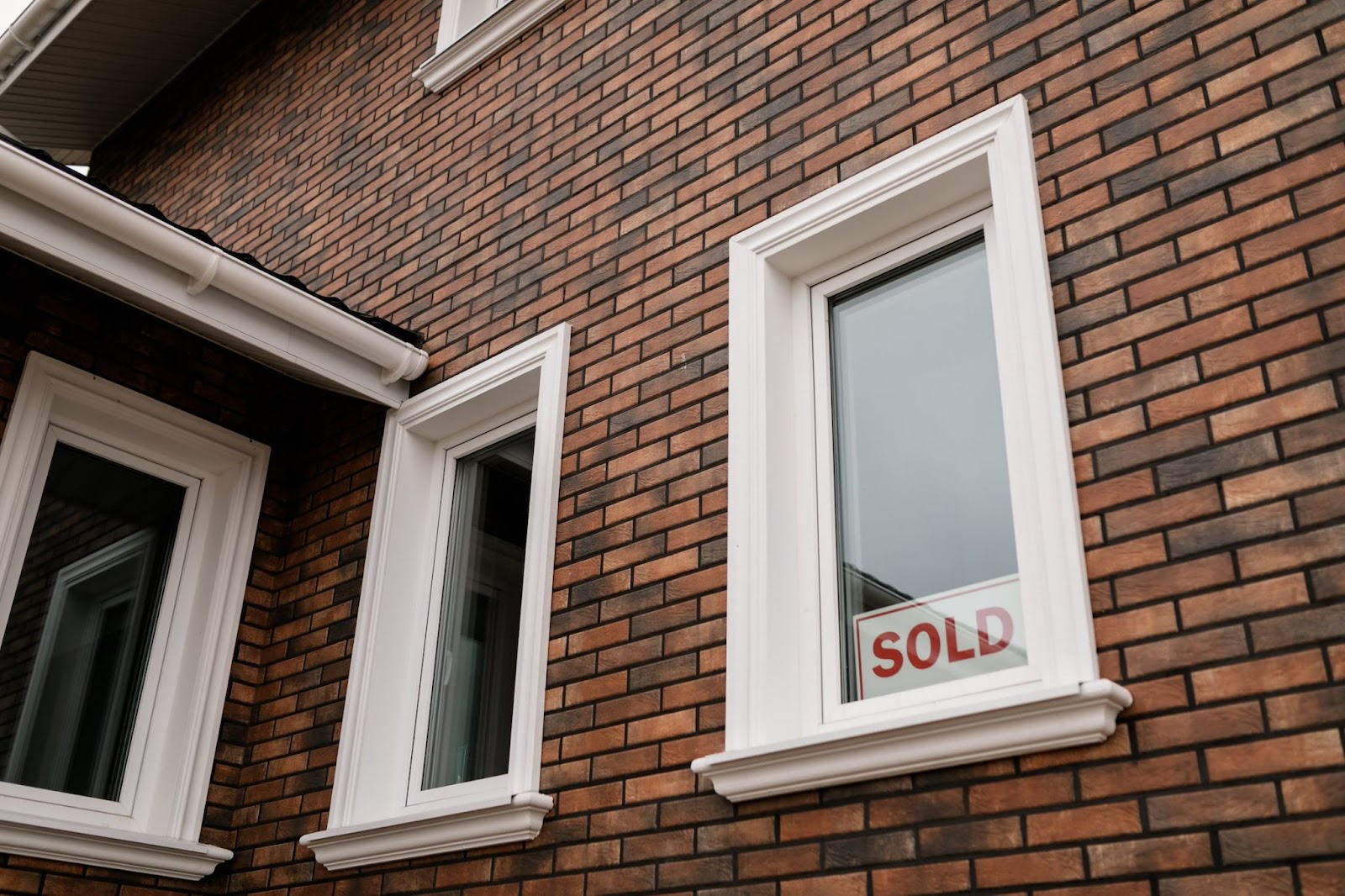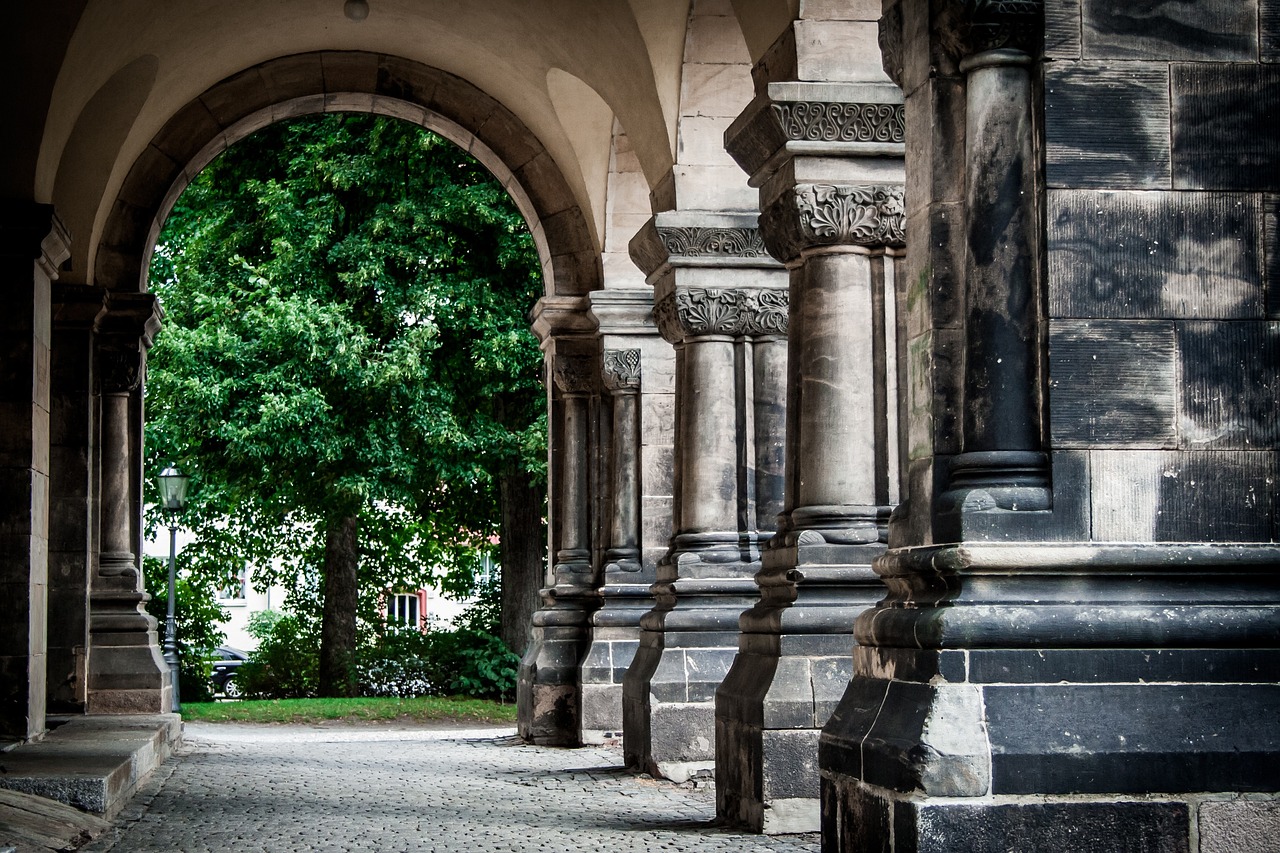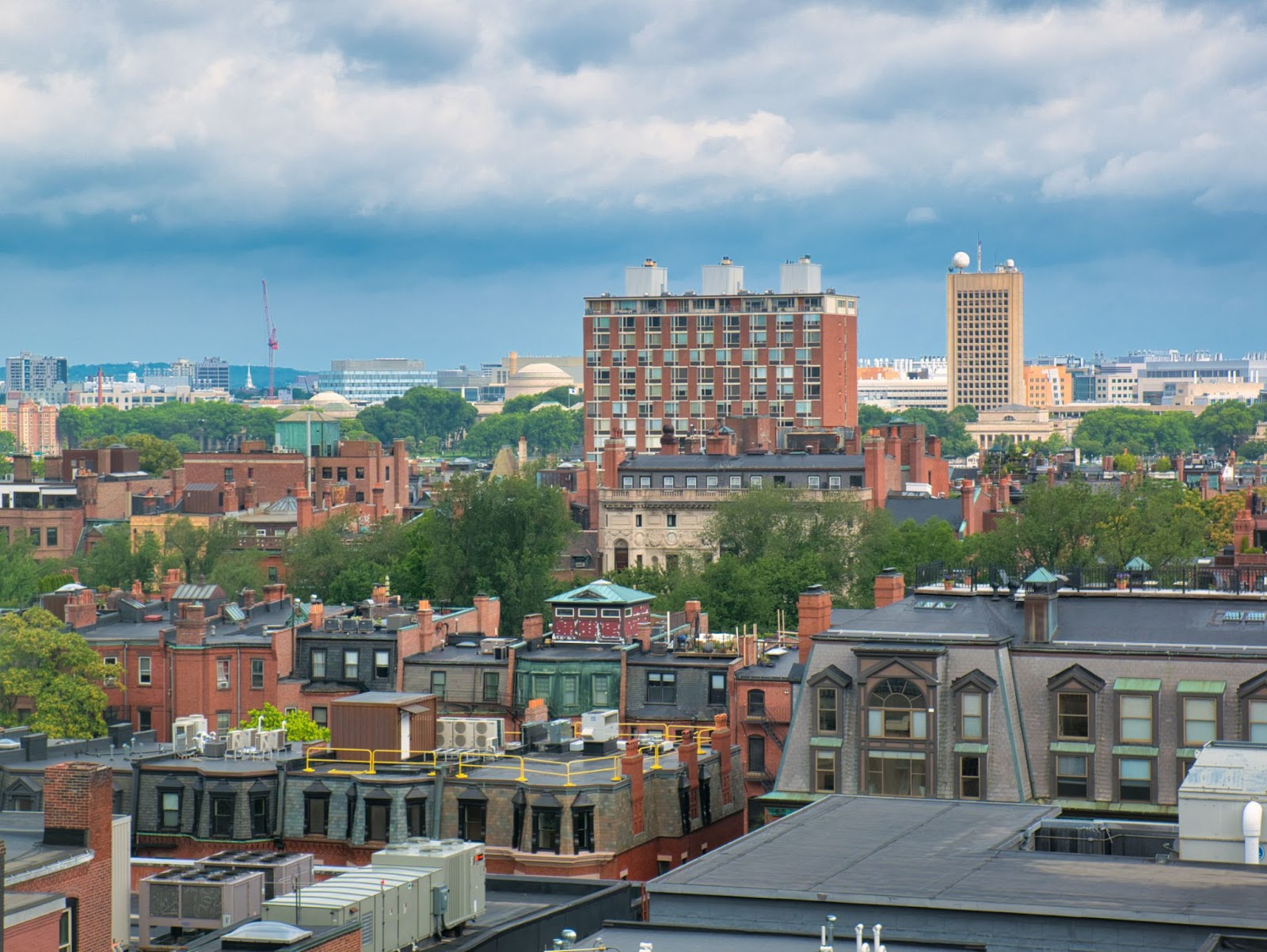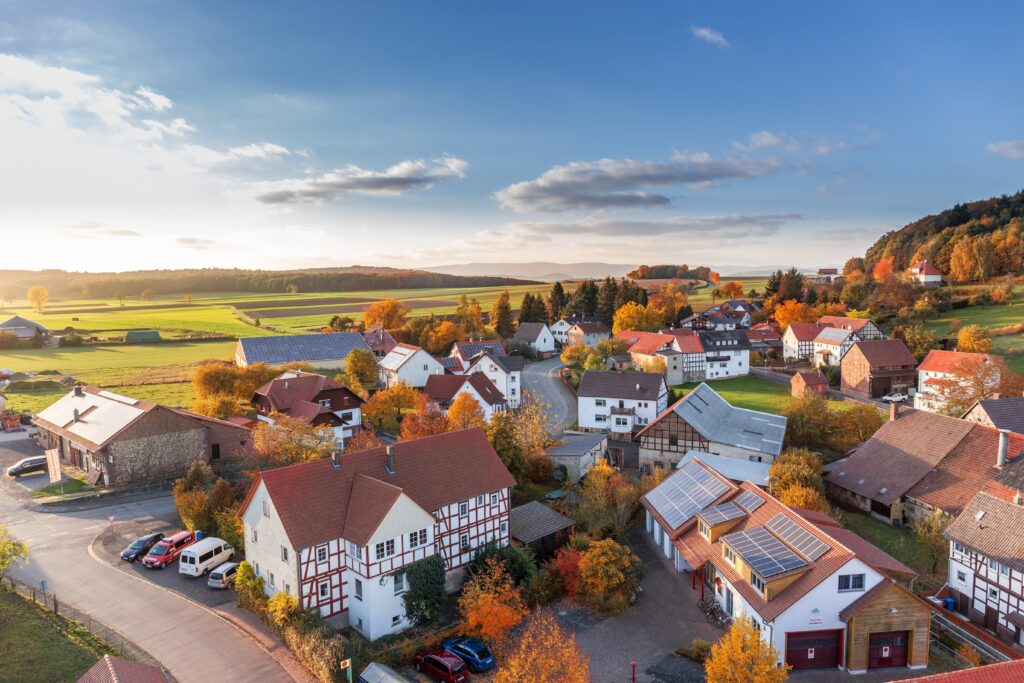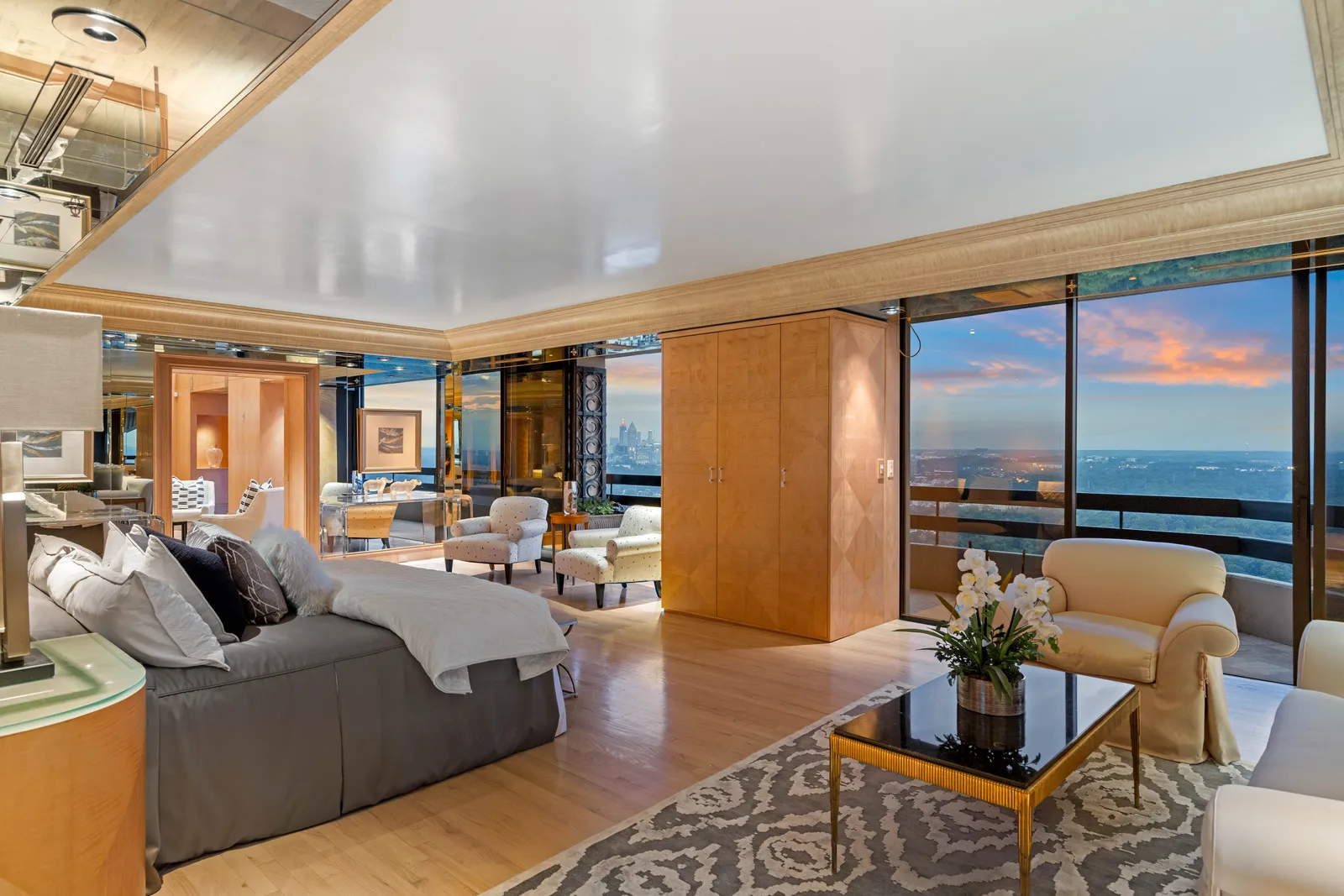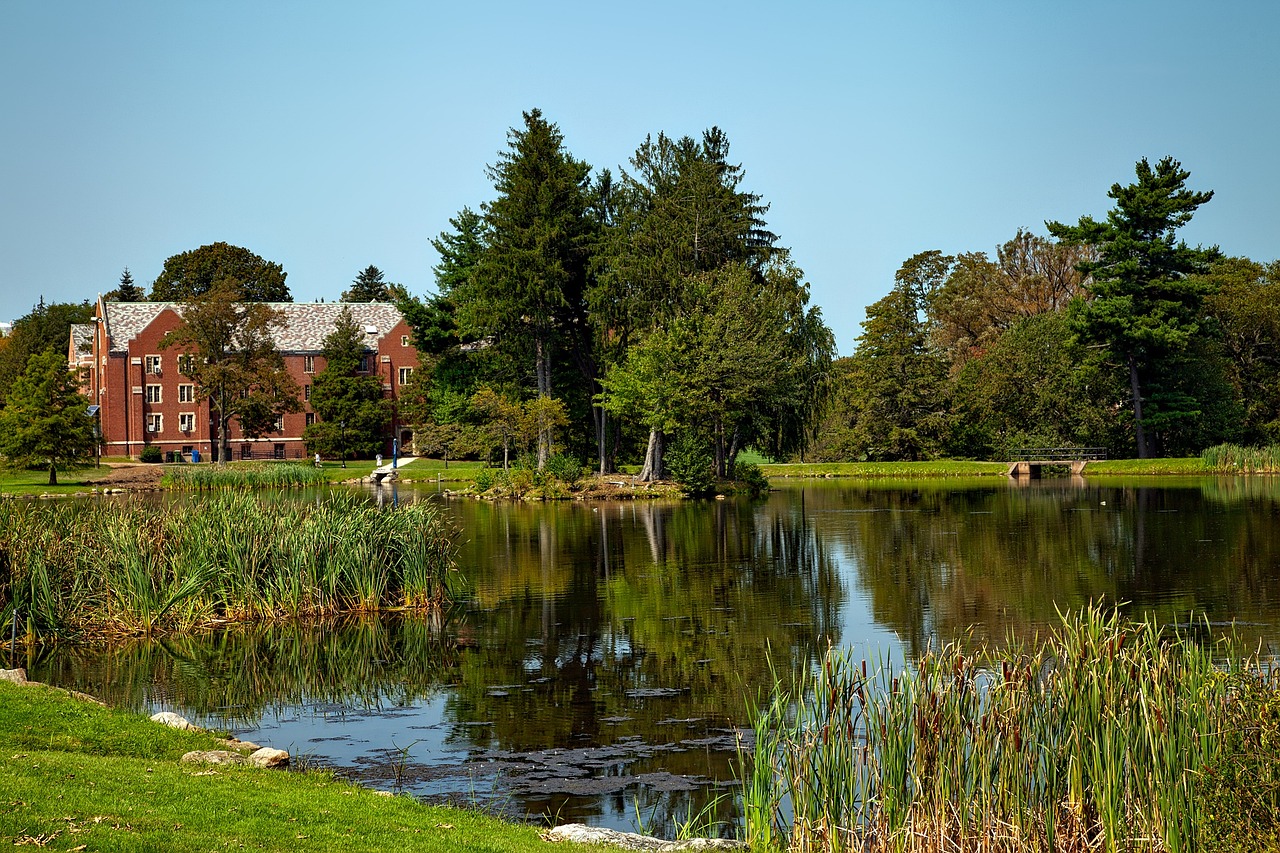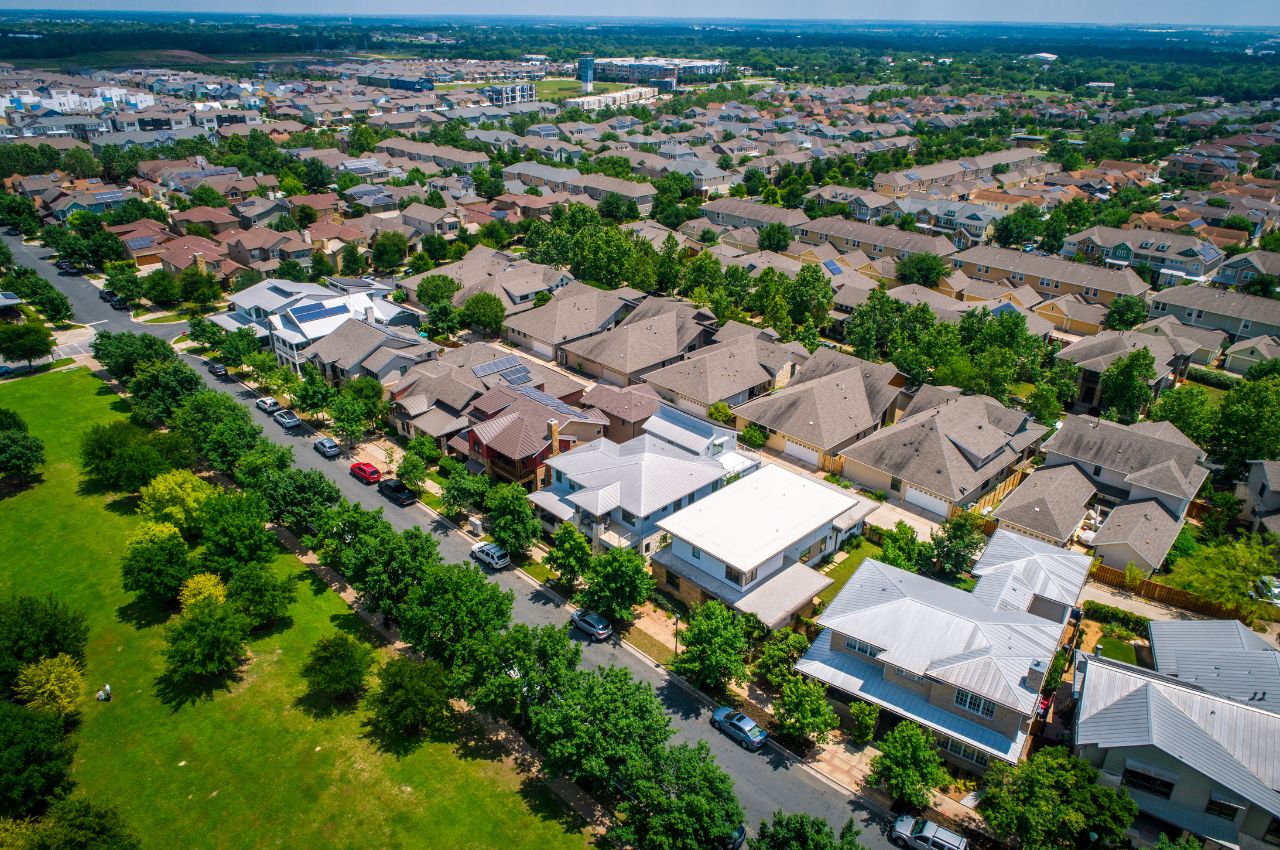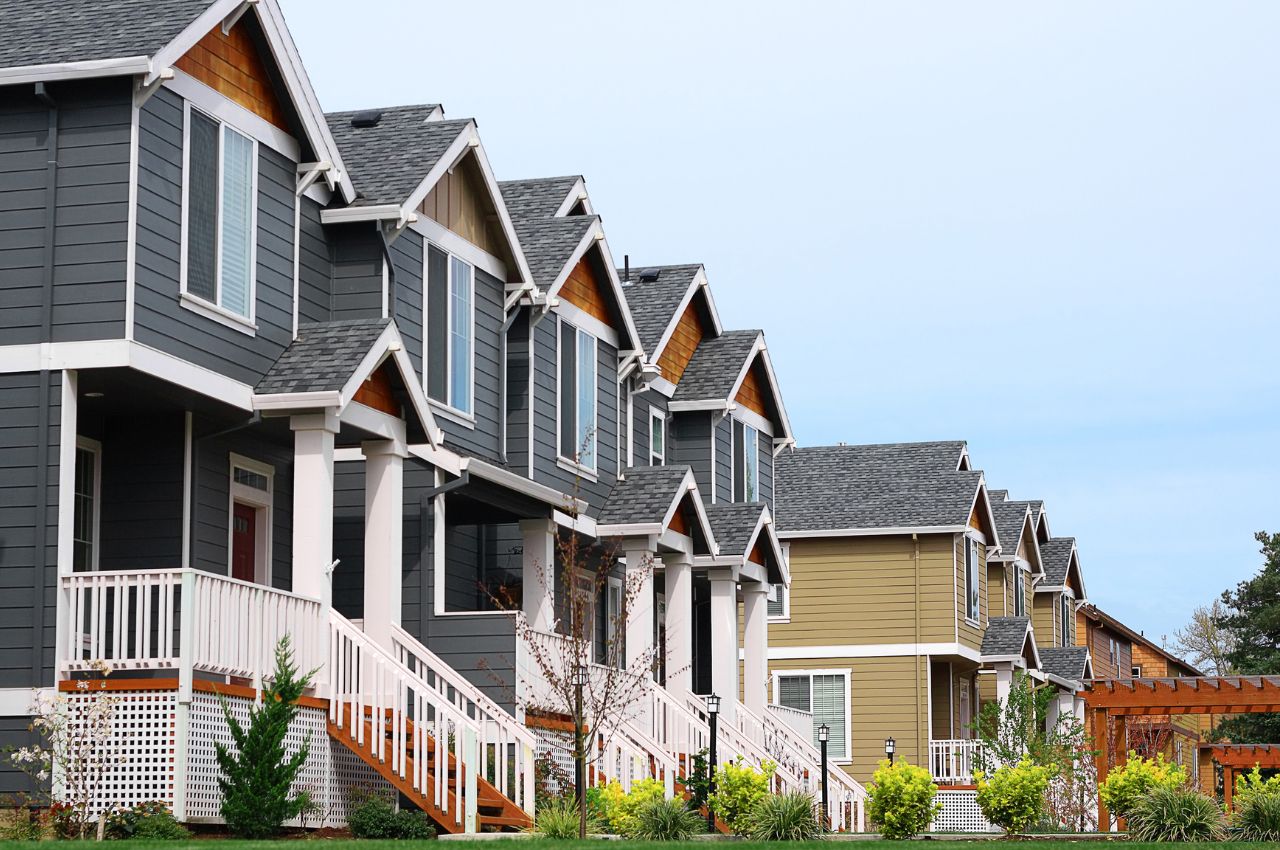In the heart of Los Angeles, within the Victor Heights neighborhood, a collection of Craftsman and Victorian homes is undergoing a remarkable transformation. These historic residences, once the backbone of one of the city’s oldest communities, are being repurposed into micro restaurants. The initiative, known as Alpine Courtyard, offers a unique blend of dining experiences, from Taiwanese pineapple cake to freshly ground hamburgers, within the intimate setting of former family homes.
This trend of adapting residential properties into culinary spaces is gaining momentum across the United States, from the bustling streets of Los Angeles to the musical heart of Nashville. Developers are tapping into the potential of these old homes, turning them into walkable culinary destinations that cater to the needs of densely populated neighborhoods.
Supporters of this movement argue that it breathes new life into properties that have seen better days, offering a sustainable solution that preserves the character of the buildings while boosting local economies. Rose Yonai, a leading figure in real estate consultancy, emphasizes the importance of such developments in providing essential amenities to communities that would otherwise lack gathering spaces after dark.
However, this approach is not without its critics. Concerns have been raised about the potential loss of affordable housing and the risk of displacing long-standing communities. While some properties are shielded by preservation laws, others are vulnerable to demolition to make way for new developments.
The concept of turning houses into dining establishments is not a novel idea. For over half a century, Chez Panisse in Berkeley, California, has delighted patrons with its farm-to-table offerings in a cozy, home-like setting. Similarly, Austin’s Rainey Street has witnessed a gradual transformation of its historic bungalows into a vibrant strip of bars and restaurants.
Cities such as Portland, Oregon, and Fort Collins, Colorado, have also embraced this trend, converting old homes into thriving restaurants and cafes. These projects are seen as catalysts for neighborhood revitalization, offering amenities and services that enhance the quality of life for residents.
At the heart of Alpine Courtyard’s development is Jingbo Lou, an architect and restorationist committed to preserving the original essence of the homes while adapting them for commercial use. The project features communal outdoor seating reminiscent of a grandmother’s backyard, fostering a sense of community among visitors.
The culinary talents behind the restaurants in Alpine Courtyard were carefully selected to ensure a diverse yet complementary dining experience. These chefs, all in their mid-30s with impressive resumes from renowned restaurants, are now embarking on their own ventures, supported by their significant social media followings.
As remote work becomes more commonplace, the flexibility in residential zoning and usage may further encourage the conversion of homes into commercial spaces, offering new opportunities for urban development and community engagement.
In Nashville, a similar project is underway, blending historic preservation with modern development to create a culinary and arts district that promises to set a new standard for integrating old and new.
Yet, the rise of such developments has sparked debate over the implications for gentrification, affordable housing, and the fabric of existing neighborhoods. As cities evolve, the challenge lies in balancing growth and innovation with the preservation of community identity and inclusivity.
This emerging trend of house-to-restaurant conversions reflects a broader shift in urban development strategies, offering a creative solution to the dual challenges of preservation and economic development. As these projects continue to unfold, they will undoubtedly shape the future of neighborhood dining and community building in cities across the nation.































































